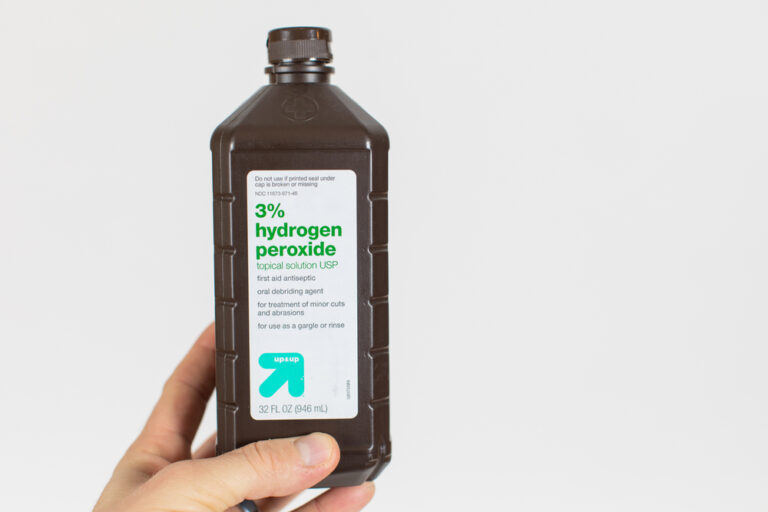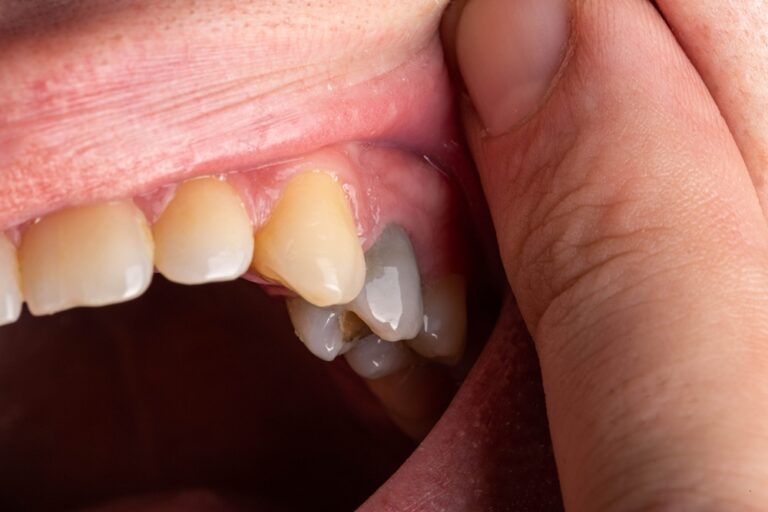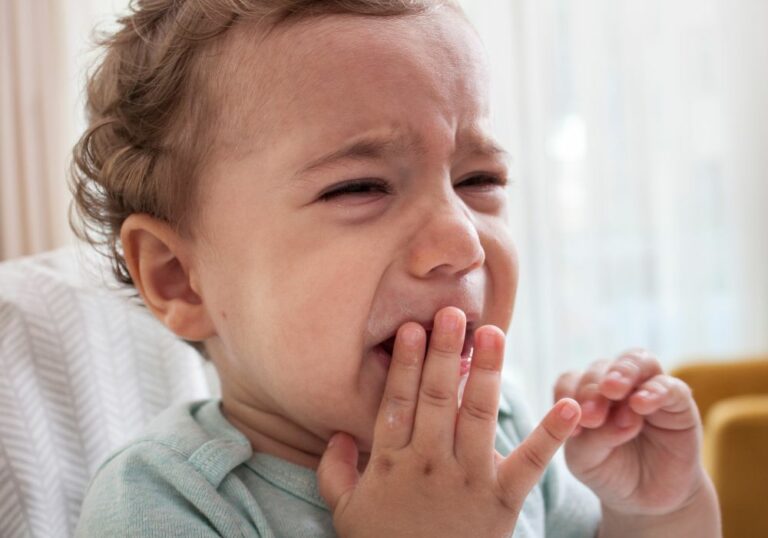Teeth grinding, also known medically as bruxism, involves involuntary rhythmic or spasmodic non-functional grinding and clenching of the upper and lower teeth. It typically occurs during sleep, though some people grind their teeth when awake as well. Sleep bruxism is considered a sleep-related movement disorder.
What causes grinding?
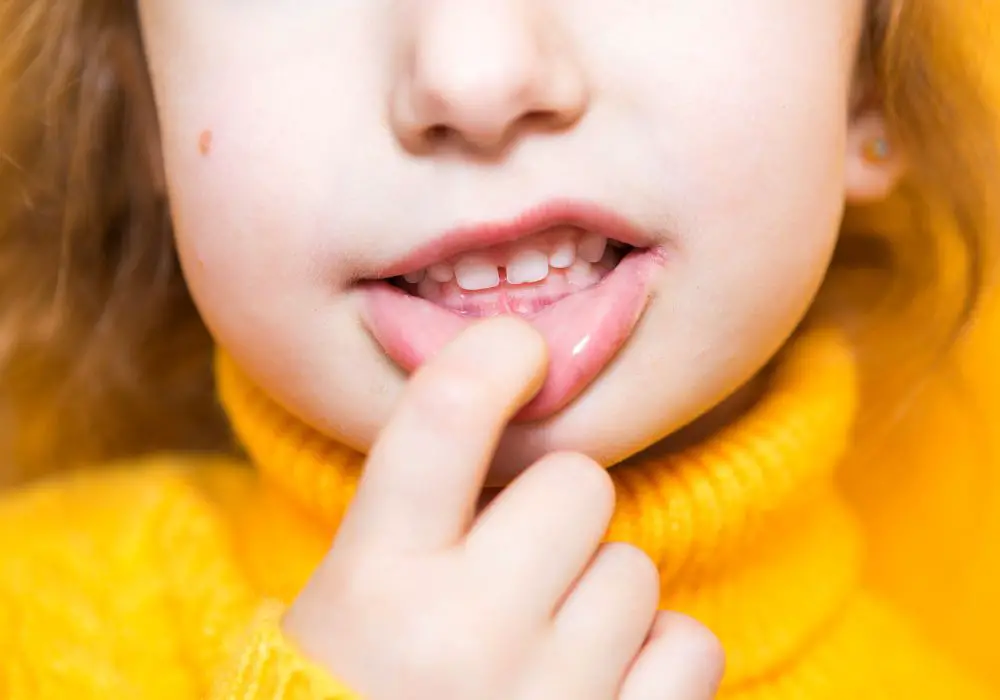
The causes of bruxism are not completely understood, but factors that can increase risk for teeth grinding include:
Stress and anxiety
Emotional tension and stress are major triggers for bruxism. The jaw muscles tend to clench during periods of increased stress or concentration. Teeth grinding may worsen during stressful life events or difficulties at work. Anxiety, frustration, anger, and hyperarousal are all associated with increased bruxism.
Aggressive, competitive personalities
Some research suggests a personality type prone to competitiveness, aggressiveness, time urgency and perfectionism is more likely to grind their teeth. This personality profile corresponds to “Type A” behavior patterns.
Medications
Certain prescription drugs are associated with teeth grinding, including some antidepressants, antipsychotics, anticonvulsants, and dopaminergic medications often used to treat Parkinson’s disease. The mechanism is not fully clear, but these drugs may lower the threshold for muscle activity during sleep.
Sleep disorders
Sleep apnea, snoring, and other sleep-disordered breathing problems can trigger the body to grind teeth. When breathing is obstructed or disrupted during sleep, it can cause arousals and reflexively activate the muscles involved in chewing and grinding.
Tobacco and alcohol
Smoking and heavier alcohol consumption, especially within two hours of bedtime, are linked to increased bruxism. Nicotine and alcohol stimulate muscle activity and appear to exacerbate teeth grinding for some people.
Genetics
Bruxism does seem to have a genetic component in some families. Having a close relative with teeth grinding makes a person more predisposed to experiencing it themselves. Variations in certain genes involved in regulating dopamine and serotonin neurotransmission have been associated with a higher risk of bruxism.
Medications
Certain prescription drugs are associated with teeth grinding, including some antidepressants, antipsychotics, anticonvulsants, and dopaminergic medications often used to treat Parkinson’s disease. The mechanism is not fully clear, but these drugs may lower the threshold for muscle activity during sleep.
Malocclusion
About 70% of people with bruxism have some kind of malocclusion or misalignment of their upper and lower arches. Having dental bite problems may increase tension in the jaw muscles and contribute to grinding behaviors.
Gastroesophageal reflux
GERD can cause teeth grinding at night. When stomach acid backs up into the esophagus, it can trigger a reflexive response to clench the jaw and grind the teeth. Treating acid reflux may help reduce bruxism.
Neurological factors
Abnormal functioning of neurotransmitters and the central nervous system is likely involved in bruxism for many patients. One theory is that teeth grinding helps the brain enter a state of arousal in response to stress. Existing neurological disorders raise the risk of sleep bruxism as well.
Side effects of medication
Several types of prescription medications list teeth grinding as a potential side effect. These include certain antidepressants, antipsychotics, anticonvulsants, dopamine agonists, and stimulants. Doctors aren’t entirely sure why these drugs may activate the jaw muscles during sleep.
In most people with bruxism, there are multiple contributing factors rather than one specific cause. Teeth grinding is a complex condition that arises from interactions between physiological, medical, psychological, genetic, and sleep-related factors.
What are signs and symptoms of teeth grinding?
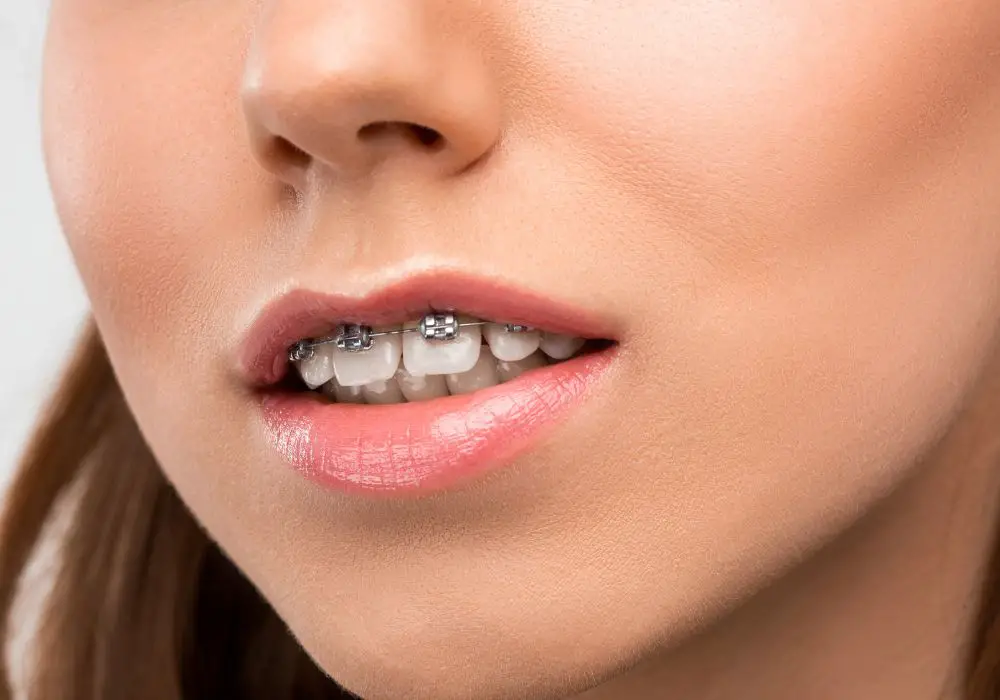
Symptoms of teeth grinding include:
- Headaches (especially in the temples)
- Sore, painful jaw muscles
- Jaw locking or tightness
- Tooth pain or sensitivity
- Earaches or tinnitus
- Facial pain
- Damage to teeth and dental work
- Flattened, fractured teeth
One of the most common symptoms is dull, constant headache pain because the muscles that control jaw movement become overworked. These muscles can remain contracted for long periods during sleep bruxism. Upon waking, people feel jaw soreness and tension in the face, temples, neck and shoulders.
Grinding also wears down tooth enamel. Over time, it flattens the biting surfaces of teeth, making them appear smaller and stubbier. Severe bruxism eventually leads to loose, damaged, or lost teeth. The excessive forces break dental fillings and other restorations too.
Some people don’t realize they grind their teeth until a sleeping partner points it out. The grinding noises can be loud enough to disturb a bed partner’s sleep.
How does bruxism affect teeth alignment and bite?
Forceful grinding puts tremendous pressure on the teeth that can shift them out of position. This gradually impacts the alignment between upper and lower arches.
Tooth wear – Thinning of tooth enamel from grinding can alter the way upper and lower teeth make contact. If some teeth get ground down faster than others, it changes the bite relationship.
Tooth movement – Bruxism can slowly push teeth forward as the grinding action protrudes upper and lower front teeth. This reduces overbite. However, it also leads to open bite issues in the premolar and molar areas.
Muscle enlargement – When jaw muscles enlarge due to constant overuse during grinding, they can shorten and pull the lower jaw back. This makes overbite deeper and more pronounced.
Differential eruption – If for some reason certain teeth cannot erupt fully into position, while adjacent teeth over-eruption, open bite malocclusion results. Open bite is when some teeth do not make contact with opponents in the opposite arch when biting maximally.
So bruxism causes complex disruption of normal dental relationships. The front teeth may move forward, while back teeth have open spaces, all while the overbite and overjet dimensions get larger. This puts the bite into disharmony.
Can long-term grinding influence development of overbite?
Overbite refers to vertical overlap of upper front teeth over the lower front teeth. Normal overbite ranges from 2-4 mm or 20-30% overlap of lower incisors by uppers.
Malocclusion means the upper and lower teeth are misaligned. Excessive overbite (> 4-5 mm) is considered a form of malocclusion. Other types include overjet, open bite, crossbite, crowding and spacing.
Here are some ways chronic grinding could contribute to an abnormal overbite over time:
Proclination of incisors
The constant forward grinding forces from sleep bruxism slowly push the upper and lower front teeth forward. This reduces the vertical overlap between top and bottom incisors.
Anterior positioning of front teeth
As the incisors move forward, the entire upper and lower dental arches also get positioned more anteriorly. This decreases overbite.
Enamel wear
If grinding specifically wears down the biting edges of lower incisors, it can deepen the overbite.
Opening of posterior bite
While grinding protrudes the front teeth, it can also open the bite in the back molar area leading to an open bite malocclusion.
Enlargement of masseter muscles
Hypertrophy of jaw muscles from constant grinding pulls the mandible down and back, forcing lower incisors further behind the upper incisors and worsening a deep bite.
However, the potential for bruxism to cause overbite problems depends on a variety of factors:
- Age when grinding occurs
- Duration it’s been happening
- Direction and location of grinding forces
- Existing dental alignment
- Environmental influences
Overbite and spacing tend to be most malleable in childhood. Bruxism before age 10-12 has more impact on bite alignment. Once growth is complete, the bite is more stable. So while long term bruxism can worsen a deep bite, it may not actually cause an excessive overbite to develop from normal alignment.
Can malocclusion increase risk for bruxism?
Conversely, pre-existing malocclusion seems to increase risk for grinding behaviors at night. So which comes first – the bruxism or the bite problems? There are a few ways these are interconnected:
Bite irregularities exacerbate bruxism
People with overbite, underbite, open bite and other occlusal problems are two to three times more likely to have bruxism. These misalignments cause strain and tension in chewing muscles that can worsen grinding and clenching.
Bruxism worsens malocclusion
Untreated bruxism can shift teeth out of position over time. So even minor irregularities get progressively worse. This sets up a feedback loop where bite issues promote grinding, and the grinding further disrupts normal dental contacts.
Shared risk factors
Many of the underlying causes for bruxism like genetics, anxiety, and sleep disorders also contribute to development of occlusal discrepancies. These shared etiologies manifest as both conditions.
Bruxism occurs after orthodontics
Some patients develop bruxism years after completing orthodontic treatment with braces or retainers. The reasons for delayed onset grinding are not clear.
For many patients, it’s difficult to know whether the bruxism or malocclusion came first. There is clearly a cyclical, interdependent relationship between these two conditions.
What problems can bruxism and malocclusion lead to?
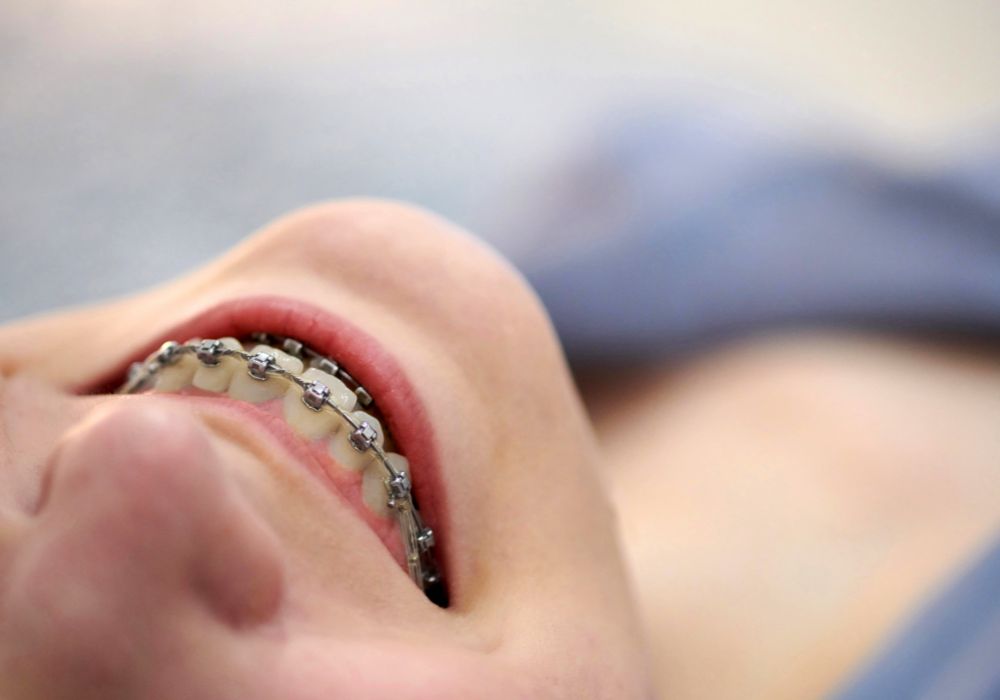
Teeth grinding causes excessive strain and pressure on the teeth that can lead to complications:
Dental issues
- Tooth fracture and decay
- Damage to crowns, fillings, and other dental work
- Loosening or loss of teeth
- Wearing down of enamel
- Increased tooth sensitivity and pain
- Gum recession and periodontal disease
Pain and TMD disorders
- Jaw muscle soreness or Myofascial Pain Syndrome
- Headaches and migraines
- Earaches and tinnitus
- Painful TMJ clicking or locking
- Limited jaw mobility
Sleep problems
- Impaired sleep quality
- Excessive daytime sleepiness
- Insomnia
- Sleep apnea
Psychological effects
- Increased stress and anxiety
- Irritability
- Difficulty concentrating
Malocclusion can worsen some of these issues. Problems associated with overbite and bad bite alignment include:
- Jaw joint dysfunction and arthritis
- Chewing and digestive difficulties
- Speech impairments
- Accelerated tooth decay
- Periodontal disease
- Esthetic concerns
Without treatment, patients often end up with painful TMD disorders, headaches, loose teeth, gum infections, and a host of other oral health issues. The combination of bruxism and occlusal discrepancies magnifies risks for developing these problems.
What are some treatments for bruxism and malocclusion?
If you suspect you’re grinding your teeth or have any bite abnormalities, see your dentist right away. The sooner treatment begins, the more effectively it can minimize permanent damage.
Treatments for bruxism
- Night guard or occlusal splint
- Botox injections
- Medications (muscle relaxants, sedatives)
- Stress reduction techniques
- Biofeedback and behavior modification
- Cognitive behavioral therapy (CBT)
- Diagnosis and treatment of sleep disorders
- Relaxation exercises for jaw muscles
Treatments for malocclusion
- Orthodontic appliances – braces, retainers, aligners
- Bite splints and oral appliances
- Restorative dental work to alter bite alignment
- Selective tooth extraction
- Orthognathic surgery
- Physical therapy for TMJ and muscle issues
The appropriate treatment plan depends on the specific occlusal problem, the severity of bruxism, the patient’s age, and other considerations. Less severe cases can often be managed with night guards and orthodontic appliances. However, reconstructive jaw surgeries are sometimes required for more substantial misalignments.
Frequently asked questions about bruxism, overbite and malocclusion
Can bruxism damage teeth permanently?
In severe chronic cases, the tooth damage caused by bruxism can be permanent. Lost enamel and thinning of tooth structure from excessive grinding forces cannot be reversed. However, early intervention with a custom night guard helps prevent most wear, fractures and loss of tooth structure.
Can teeth alignment change after braces?
Yes, teeth that were straightened with orthodontic treatment can still shift later in life. Poor retainer wear, changes in jaw growth, aging, and teeth grinding can all influence tooth positions. Regular dental visits help identify bite changes before they become severe.
Can bruxism resolve on its own?
For some people, mild bruxism goes away spontaneously over time. Often it’s triggered by temporary stressors. However, long term grinding usually requires active management with a dental guard or other therapies to avoid oral health complications. Leaving it untreated allows the damage to progress.
Is there a cure for malocclusion?
While therapies like braces effectively correct bite misalignments, there is no permanent “cure” for malocclusion. Retention is required after orthodontic treatment to hold teeth in position. Otherwise they tend to drift back toward their original positions. Lifelong retention is needed after surgical repositioning of jaws as well.
What happens if overbite is left untreated?
An untreated deep overbite tends to worsen gradually over time. This can lead to severe consequences like decay, gum disease, bone loss, painful TMJ problems, compromised chewing ability, and tooth loss. The sooner an excessive overbite is corrected with orthodontics, the better the outcome.
Conclusion
In summary, teeth grinding and malocclusion have a complex, interdependent relationship. Occlusal discrepancies may promote bruxism, while longtime grinding can shift teeth into poor alignment. Both conditions then compound the other’s effects. Catching bruxism and overbite early and beginning prompt treatment provides the best chance to minimize permanent oral health damage.

